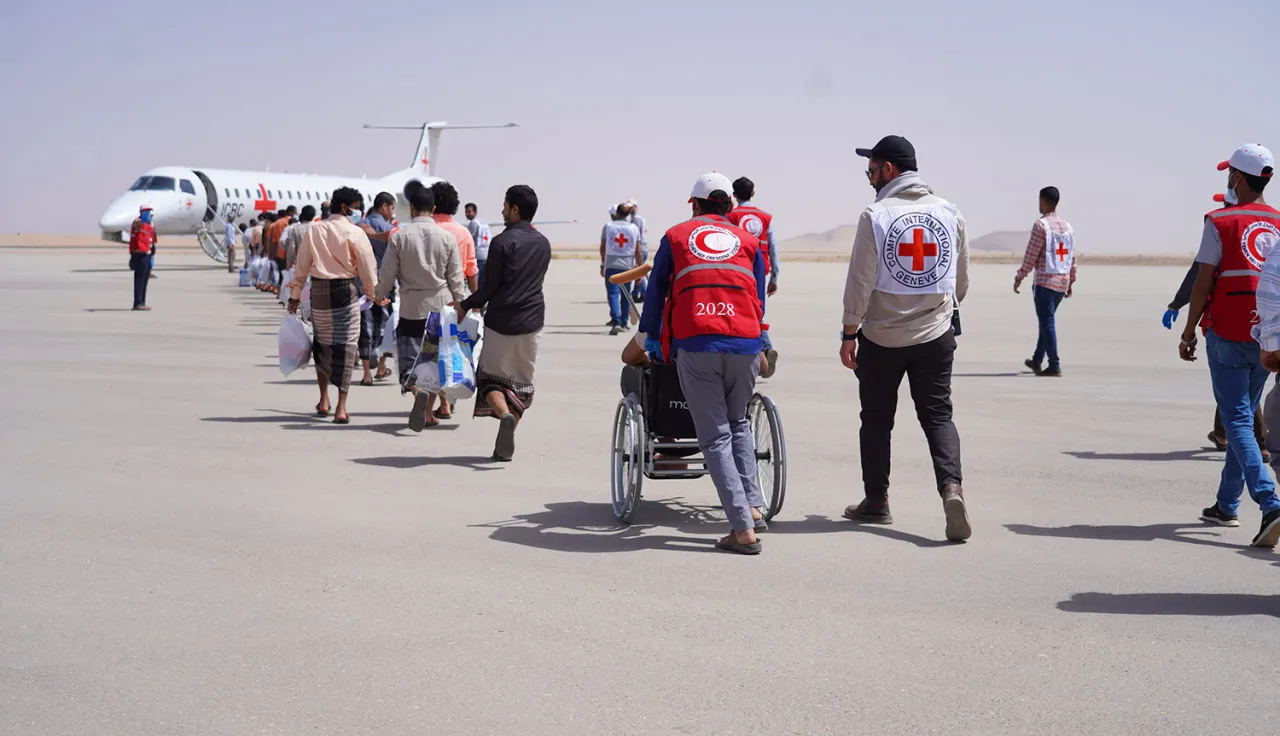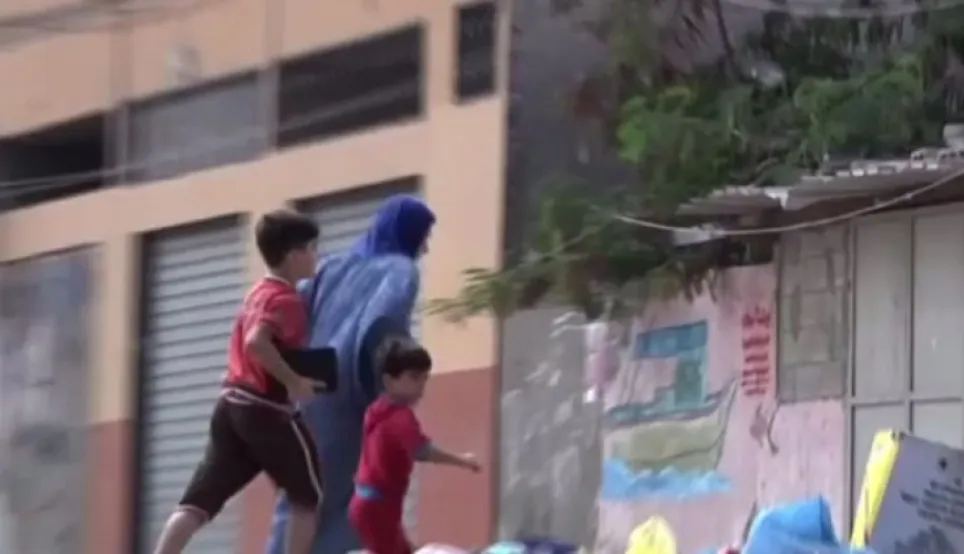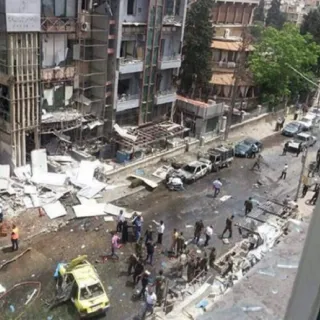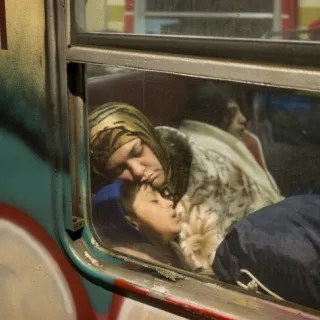Persons protected under IHL
International humanitarian law (IHL) safeguards various categories of individuals and entities in times of armed conflict; the Geneva Conventions and their Additional Protocols are instrumental in this. These legal frameworks extend protection to the sick and wounded, prisoners of war, civilians and civilian objects.
The Geneva Conventions originated from Henry Dunant's experiences during the Battle of Solferino in 1859. His call for an international treaty led to the adoption of the original Geneva Convention in 1864. The principles it sets out form the basis of modern IHL, emphasizing the protection of individuals and objects.
The 1864 Convention focused on caring for the sick and wounded on the battlefield, ensuring the safety of medical personnel and the use of the red cross emblem to identify and protect them. These principles also applied to medical equipment not used for military purposes.
In the interwar period, another convention was adopted to cover prisoners of war, establishing rules for their humane treatment. The International Committee of the Red Cross (ICRC) gained a unique mandate, allowing it to assess the condition of detainees and provide recommendations.
The Geneva Conventions of 1949 broadened protections for civilians, particularly in response to the suffering they endured during World War II, and were supplemented by the Additional Protocols in 1977. These legal instruments prohibit the targeting of civilians and attacks on objects indispensable to their survival and require precautions to be taken to prevent civilian casualties.
IHL specifies protections for specific civilian groups, including women and children. The ICRC works to clarify ambiguities in distinguishing between peaceful civilians and combatants and promotes compliance with the rules.
IHL also safeguards refugees, internally displaced individuals and those missing due to armed conflict. Humanitarian workers, such as ICRC staff and Red Cross/Red Crescent personnel, benefit from the protective emblems recognized by the Geneva Conventions.








